On our professional development trip to Belize we were in a country and environment that couldn’t have been more different from the lives we lead and the places we work back home. The people, languages, climate, culture, resources, and educational system were all unique. And yet, we met families and professionals who were facing the exact same challenges that we do on a daily basis. We expected a lot out of the trip. But, we had no idea how motivated and reinvigorated we would be to continue to do the work that we do.
Our role, no matter how tiny it seems, no matter where we live or work, is part of a global initiative to improve the lives of people with disabilities.
There are four solid takeaways that we want to share with you having see our job through the lens of our professional sisters and brothers working just south of the United States.
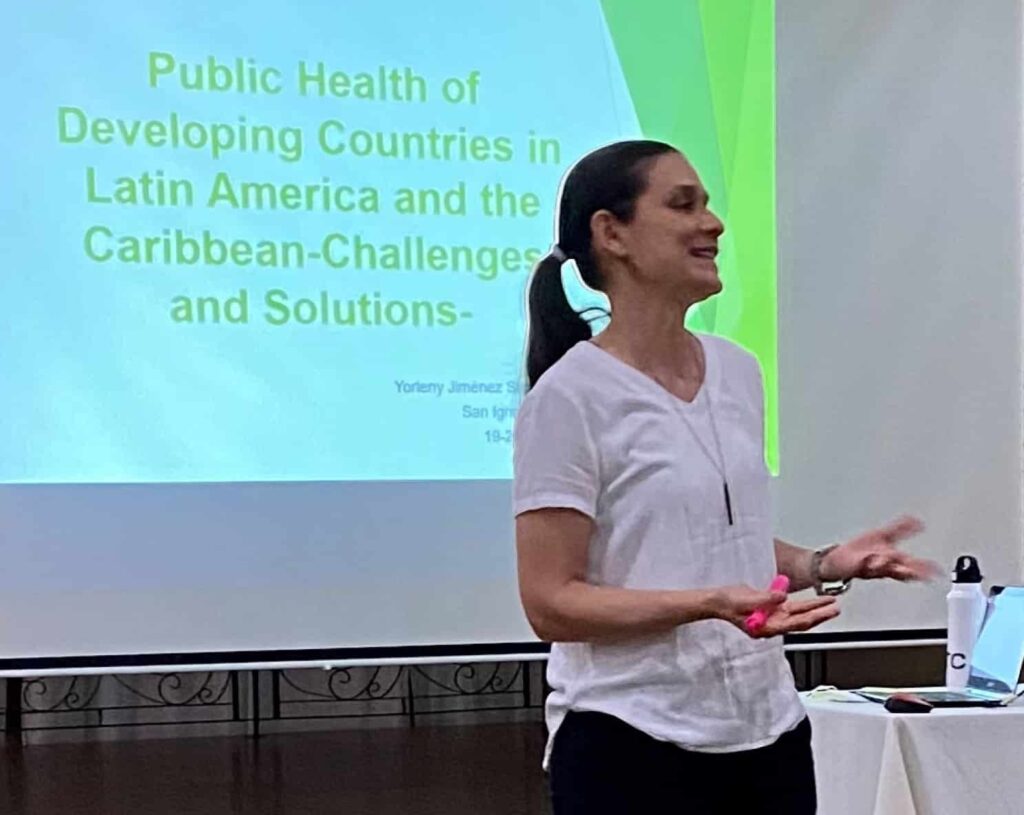
1. Supporting Individuals with Disabilities is a Global Health Experience
We attended a captivating presentation by a doctor working in Belize to improve their healthcare system. She had a unique perspective having grown up in Costa Rica and having worked there before moving to Belize. She shared healthcare data from all countries in the Western Hemisphere. While some are fairing better than others, we are all in the same boat trying to improve the same conditions.
Many global health experiences are focused on supporting individuals with disabilities. The term disability encapsulates a lot. Magnusson and colleagues (2017) described disability as, “a complex phenomenon between an individual’s health conditions and contextual factors that are manifested as impairments, activity limitations, or participation restrictions.” The contextual factors include community perceptions and attitudes that can impact the participation of the individual in the community. Often negative perceptions and attitudes can stem from limited understanding and knowledge about disabilities.
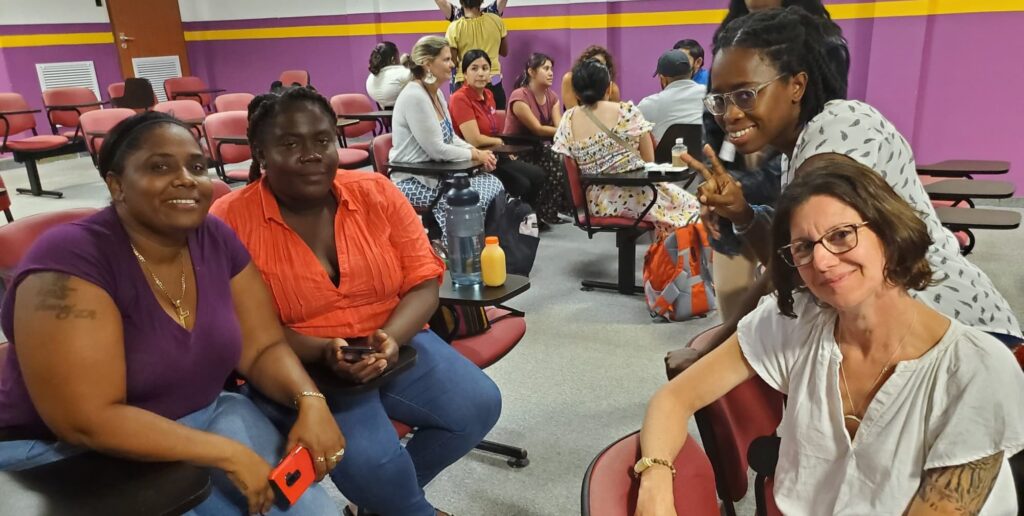
2. Inclusion of Children with Special Needs is a Universal Issue
In the United States, inclusion usually refers to children with disabilities attending general education classrooms. Or, in a wider sense of the word we use it to describe professionals working in the classroom. Inclusion on a global scale can mean children attending school at all, children attending the same school as typically developing peers, or as it has become familiar to us, attending the same classroom. Hearing about the global stages of “inclusion” illustrated how we are all (still) at some point on the path to realize full inclusion and acceptance of all students.
In 1994 the Belize Ministry of Education created a Special Education Unit and in 2000 they signed into law educational policies to support the inclusion of children with special needs. Despite this, the identification of individuals with disabilities in Belize reportedly has been made challenging by stigmatizing views (Magnusson et al, 2017). Currently, it is reported that only a fraction of individuals with disabilities attend school in Belize. This is a pattern that has been noted throughout Central America/Latin America.
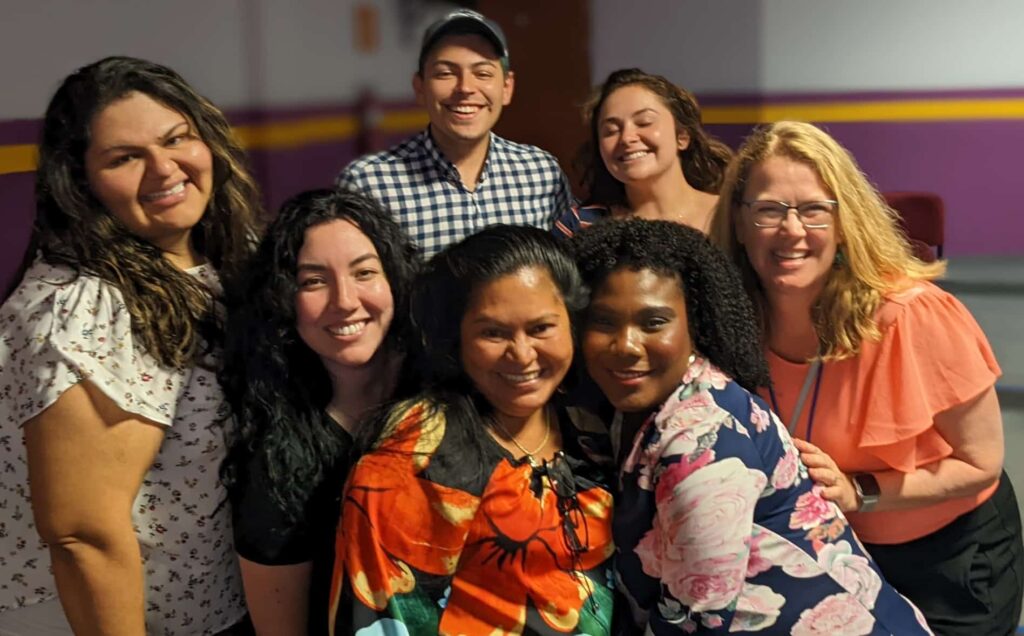
3. Disability Awareness Is One of The Most Powerful Ways to Move a Society Forward
Simply stated, knowing that people with disabilities live among us, knowing what their experience is, and meeting professionals that are working with and for these families the world over is a quick and inexpensive way to improve a society’s inclusion and acceptance of children with disabilities. In our classrooms and clinics, we can be creating opportunities for children to participate in the many school activities or help parents find community groups or activities that are welcoming. Awareness can occur like this on a local level all the way up to international initiatives.
Global Health Experience (GHE) is the term used to describe adventures like study abroad professional development trips. Many GHEs have been criticized because of a single-sided perspective that benefits the students travelling but not the community visited. However, trips that consider the goals of both parties—those travelling outside of their country and those receiving professionals from another country, are an incredible experience.
A Short-Term Study to Build Disability Awareness
As advocates for individuals with disabilities, Magnusson and colleagues (2017) implemented a short-term study in schools to first, understand children’s perceptions of peers with disabilities, and second, to help them understand disabilities by sharing stories and giving them experiences to develop their personal perspectives.
The study design looked like this:
| Pre-Test |
| Teaching Session 1 (30 minutes) |
| Teaching Session 2 (30 minutes) |
| Teaching Session 3 (30 minutes) |
| Post-Test |
The Goals of a Disability Awareness Program
The teaching sessions varied for the three different age groups of the 247 who participated in the study but all addressed the same four goals, which were to:
- increase knowledge about disabilities
- help children better understand what it might be like to live with a disability,
- promote acceptance of people with disabilities, and
- foster an inclusive environment.
Evaluating Change Following a Short-Term Disability Awareness Program
A 10-item scale was used at pre-test and post-test to explore changes in knowledge about disabilities and a 15-item 3-point Likert scale was used to explore children’s attitudes toward individuals with disabilities.
Three Takeaways from the Study on Disability Awareness in Belize
There were statistically significant results in changes in knowledge and attitude. Children’s knowledge increased by roughly 15% on the scale administered and their responses on the attitude scale about individuals with disabilities shifted in a positive direction. Sure, there were some shortcomings in the article, which the authors go through but there are also some valuable takeaways:
Even short exposure to information about individuals with disabilities can make a significant impact.
Just like during international service learning projects, you too can have conversations about thoughts and feelings about a specific situation as opposed to disabilities in general. In the study, the story Emmanuel’s Gift, about a boy who plays football with crutches, is used and children had the opportunity to explore advantages and disadvantages that individuals with disabilities face. Special People, Special Ways is another story that children listened to and had the opportunity to discuss.
Sharing stories about individuals with disabilities can be impactful. Here are some great children’s books that can be shared (and may need to be translated depending on where you go). These books share experiences and can promote knowledge about disabilities.
Wonder by RJ Palacio
Out of My Mind by Sharon M. Draper
It Was Supposed to Be Sunny by Samantha Cotterill
Can I play too? (by Mo Willems
Rules by Cynthia Lord
Lone Wolf by Sarah Kurpiel
Fish in a Tree by Lynda Mullaly Hunt
When Charley met Emma by Amy Webb
Because of the Rabbit by Cynthia Lord
Using Stories to Build Knowledge and Perspectives about Disabilities
The lessons included stories about individuals (animals and humans) with disabilities and how they might feel in different situations. They also included experiences. For example, children had to read jumbled words to try to better understand dyslexia. They were asked to dance on one foot or make tortillas with one hand, or play football on crutches. This was to give them perspective. It also allowed them to put themselves into the shoes of others.
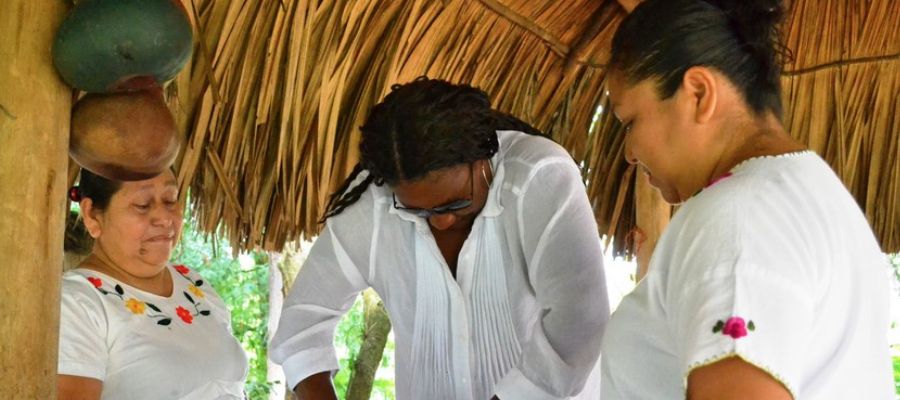
4. Every one of us Can Be Leaders and Influence Positive Social Change
In preparing for the trip to Belize with Therapy Abroad, I did some research on perspectives on disabilities of Belizeans. I ran across a study that was conducted as a joint project between the Belize Ministry of Education and researchers at the University of Colorado—Denver School of Medicine, the University of Wisconsin-Madison School of Medicine and Public Health and George Washington School of Medicine and Health Sciences. It was a really nice example of how leaders can influence positive social change, including knowledge of and attitudes toward individuals with disabilities.
Exposure, and simply talking about disabilities can increase the resources that a community has because inclusion is considered right from the get-go when planning events and curriculum.
Being from countries like the United States, we have opportunities to interact with foreign professionals and engage in an exchange of ideas and approaches. An important piece of this process for us is understanding the different perspectives of those we are visiting. We benefit greatly from meeting professionals who have also dedicated their career to working with children with disabilities and seeing how we are united on our path of equity for all.

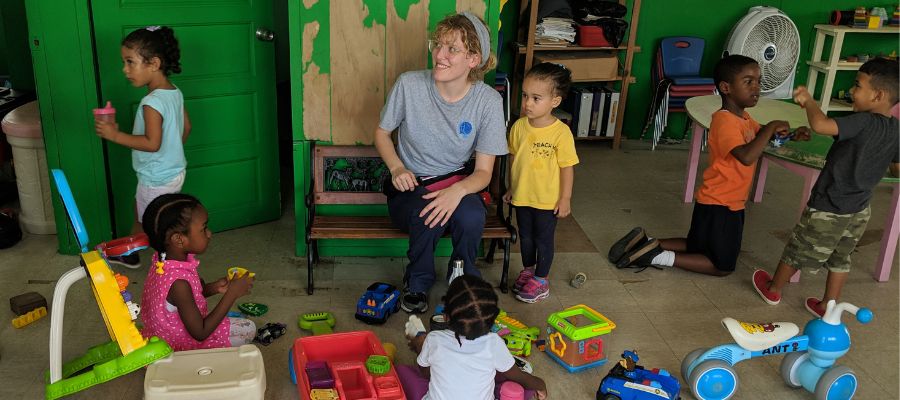
 Share
Share
 Tweet
Tweet
 LinkedIn
LinkedIn
 Pin
Pin
 Email
Email
